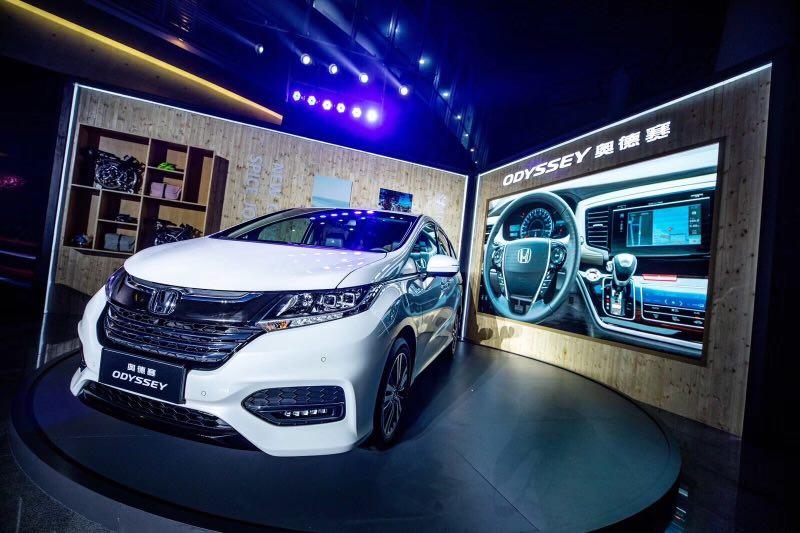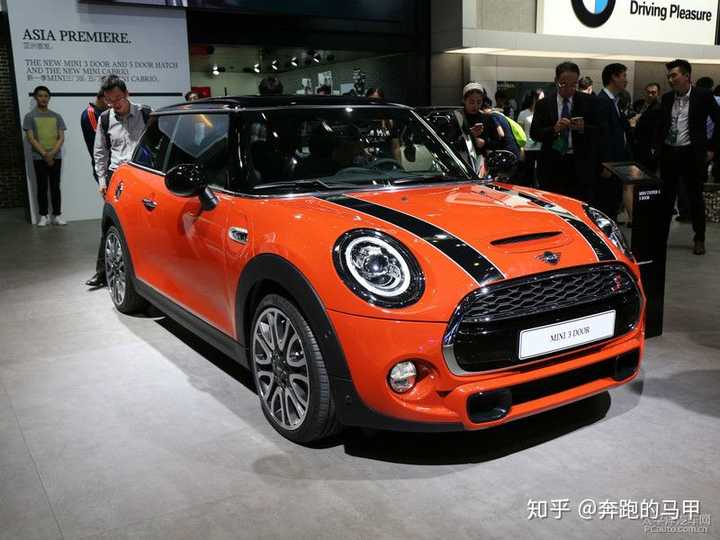Title: The Evolution of Automotive Brands: A Journey Through Time and Innovation
The automotive industry has undergone tremendous changes over the years, with brands evolving and adapting to meet the evolving needs of consumers. The journey through time and innovation is a testament to this evolution. ,In the early days of the industry, brands such as Ford, General Motors, and Chrysler dominated the market. These companies relied on mass production and cost-cutting measures to maintain their competitive edge. However, this approach eventually led to a decline in consumer demand and a need for more innovative approaches. ,Enter the Japanese auto industry in the mid-20th century, which brought a new wave of creativity and design excellence. Companies like Toyota, Honda, and Mazda embraced the principles of lean manufacturing and quality engineering, resulting in vehicles that were not only stylish but also highly reliable. ,The rise of electric and hybrid vehicles marked a new era in automotive innovation. Companies like Tesla and Chevrolet disrupted the traditional car sales model by offering customers a more sustainable and affordable option. This shift towards sustainability was further accelerated by the COVID-19 pandemic, as consumers became more conscious of their impact on the environment. ,As we look to the future, it's clear that automotive brands will continue to evolve and innovate. The focus will shift towards creating vehicles that are not only efficient but also intuitive and connected. With advances in technology like artificial intelligence and autonomous driving, the possibilities for innovation are endless. The journey through time and innovation in the automotive industry is far from over.
Introduction:

The automotive industry is an integral part of modern society, with numerous brands vying for attention in a fiercely competitive market. In this article, we will explore the history and evolution of some of the most iconic automotive brands, highlighting their key milestones, innovations, and contributions to the industry. From luxury giants like BMW and Mercedes-Benz to pioneering brands like Ford and General Motors, our journey takes us through time and space to discover the rich tapestry of automotive branding.
Chapter 1: BMW – The Legacy of Luxury and Performance
BMW is one of the oldest automotive brands still in existence, with roots dating back to 1916 when it was founded in Munich, Germany. Initially known for its high-end engineering and innovative design, BMW quickly established itself as a leader in the luxury segment, with models like the 328 and 507 becoming synonymous with elegance and sophistication.
One of BMW's most significant contributions to the industry was the development of the first mass-produced car with fuel injection technology, the Neue Klasse in 1951. This groundbreaking innovation not only improved fuel efficiency but also laid the groundwork for future advances in engine technology.
Over the years, BMW has continued to innovate and evolve, with notable milestones including the launch of the i series in 2003, which marked the brand's entry into the world of electric vehicles. Today, BMW remains at the forefront of luxury carmaking, offering a range of models that blend cutting-edge design with unparalleled performance and craftsmanship.
Chapter 2: Mercedes-Benz – The Spirit of Tradition and Innovation
Mercedes-Benz is another iconic automotive brand that boasts a rich history spanning over a century. Founded in 1926 by Karl Benz and Gottlieb Daimler in Stuttgart, Germany, Mercedes-Benz quickly rose to prominence as a manufacturer of high-quality automobiles, known for their durability, reliability, and luxury features.
During the post-World War II era, Mercedes-Benz became synonymous with technological innovation, with pioneering features like the first diesel engine (developed by Daimler-Benz AG) and the world's first rear-axle steering system (introduced in 1941). These advancements helped position Mercedes-Benz as a leader in the industry and solidified its reputation for quality craftsmanship.
In recent decades, Mercedes-Benz has continued to push the boundaries of what is possible in automotive design and engineering, with initiatives like the MBUX infotainment system (which uses natural language processing to understand and respond to driver commands) setting new standards in terms of user experience. Today, Mercedes-Benz offers a diverse range of models that cater to every taste and preference, from sleek sport coupes like the S-Class to spacious SUVs like the GLC.
Chapter 3: Ford – The Legacy of American Manufacturing and Innovation

Ford is perhaps the most recognizable name in the world of automotive manufacturing, having been in business since 1903. Originally a manufacturer of farm equipment, Ford quickly transitioned to automobile production in the early 1900s, launching its first model – the Model T – in 1908. This iconic vehicle became an instant success, setting new standards in terms of affordability, durability, and style.
Throughout its history, Ford has been at the forefront of technological innovation, introducing groundbreaking features like the first automatic transmission (in 1927) and power windows (in 1940). Today, Ford continues to lead the way in terms of electrification, with its all-electric F-150 pickup truck set to become one of the most popular vehicles on the market when it goes on sale later this year.
Chapter 4: General Motors – The Global Reach of American Automotive Powerhouse
General Motors (GM) is another American automotive giant that has played a crucial role in shaping the industry over the past century. Founded in 1908 by William C. Durant (later joined by Charles W. Flint), GM initially focused on producing gasoline engines before expanding into other areas like aircraft engines and commercial trucks.
In the early days of automotive manufacturing, GM was known for its innovative designs and advanced technology, including the world's first mass-produced automobile equipped with an electric starter motor (introduced in 1914). As the company grew throughout the 20th century, GM expanded its global reach, establishing operations around the world and becoming a major player in international trade.
Today, General Motors remains a dominant force in the automotive industry, offering a diverse range of models across various segments – from sedans and SUVs to crossovers and pickup trucks – under iconic brands like Chevrolet, Buick, GMC, and Cadillac. The company's commitment to sustainable practices and electrification has also placed it at the forefront of modern automotive manufacturing.
Conclusion:
As we have seen throughout this article, the automotive industry is a complex tapestry of history, innovation, and culture woven together by a diverse array of brands that have played critical roles in shaping our world today. From BMW's legacy of luxury engineering to General Motors' global reach and commitment to sustainability
与本文知识相关的文章:



